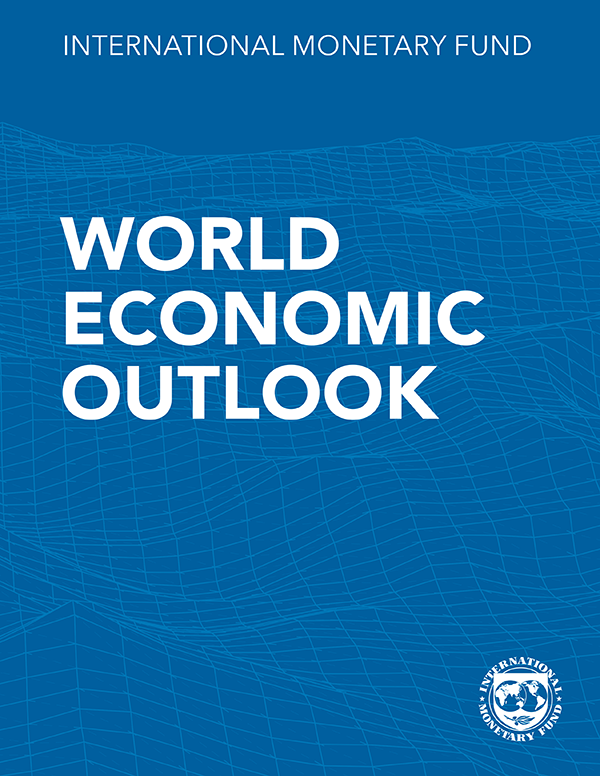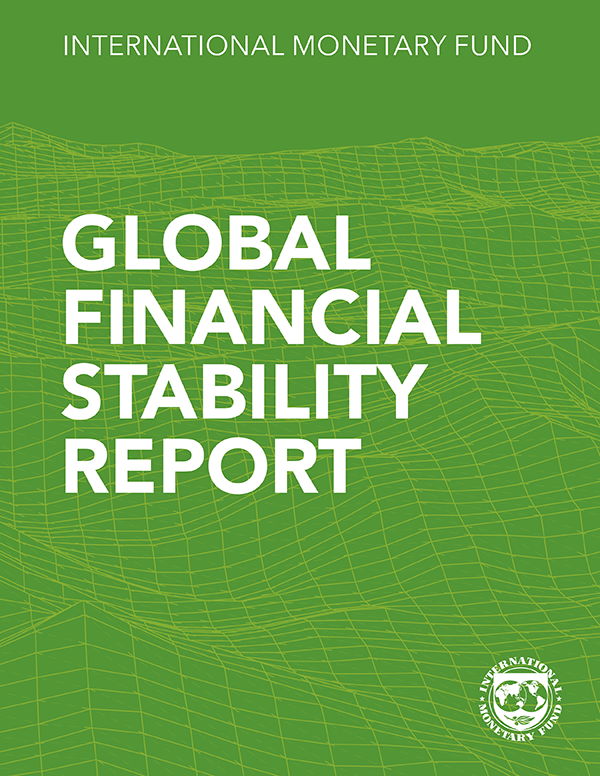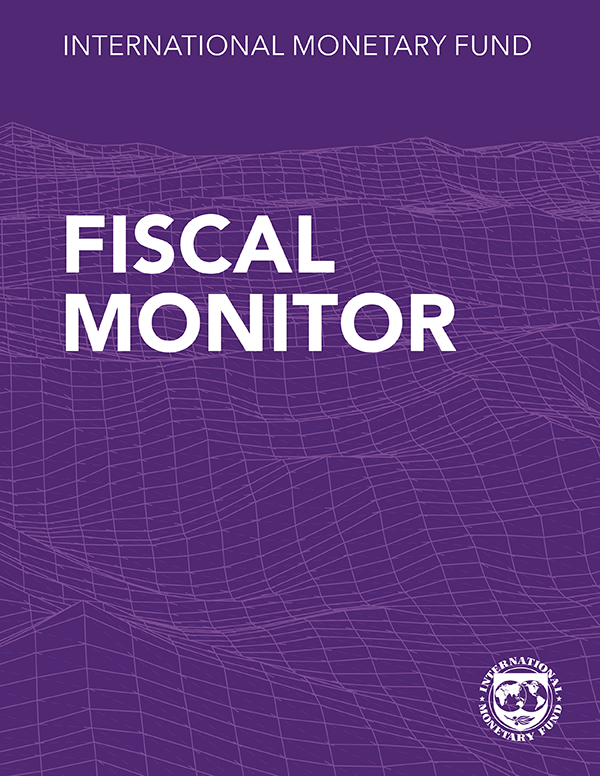On the Path to Policy Normalization
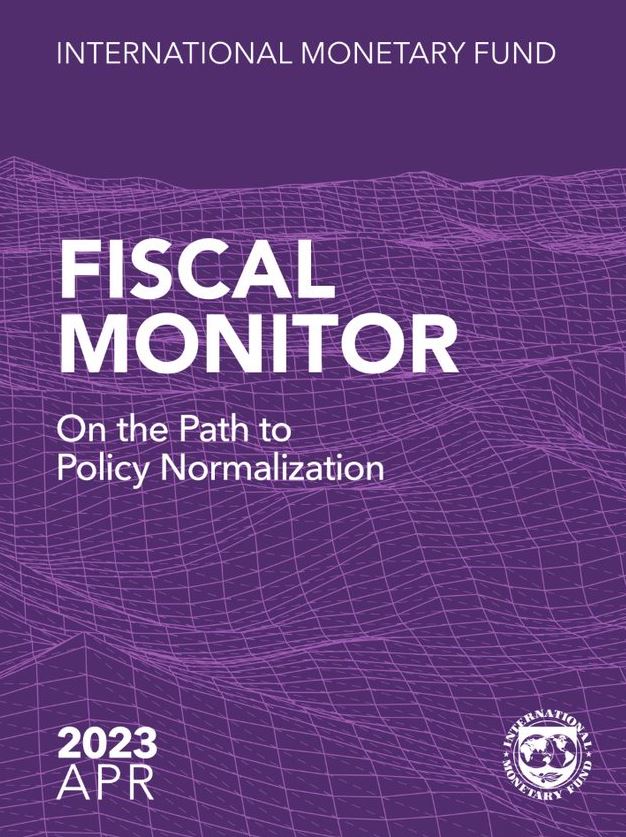
The report discusses how public finances have fluctuated with multiple shocks since the pandemic, characterized by atypical growth, inflation dynamics, and fiscal support to mitigate the shocks. The recent financial turmoil aggravated an already uncertain and complex outlook with tight financing conditions and mounting concerns for debt vulnerabilities. In this volatile environment, fiscal policy should prioritize consistency with monetary policy to restore price and financial stability, while supporting the most vulnerable. Abrupt changes in financial conditions also call for fiscal restraint to tackle fiscal vulnerabilities. To that end, governments will need to give greater priority to rebuilding fiscal buffers by developing credible risk-based fiscal frameworks that promote consistent macroeconomic policies, reduce debt vulnerabilities over time, and build up the necessary room to handle future shocks.

Chapter 1: On the Path to Policy Normalization
The chapter discusses how atypical economic conditions since the pandemic have shaped fiscal outcomes and calls for policy consistency to support disinflation and financial stability, while protecting the most vulnerable.
Chapter 2: Inflation and Disinflation: What Role for Fiscal Policy?
The chapter finds that although surprise inflation may offer some breathing room for debt ratios, attempts to keep surprising bondholders have historically proven futile or harmful. Indexation practices vary considerably across countries. Hence, when reviewing them, policymakers need to balance protecting specific groups and avoiding making inflation more persistent. Redistribution effects of inflation, in turn, depend on three channels: consumption patterns, income, and wealth. The chapter also estimates the effect of fiscal policy on inflation and shows that targeted fiscal policy can support monetary policy in lowering inflation while protecting those most affected by the cost-of-living crisis.
Publications
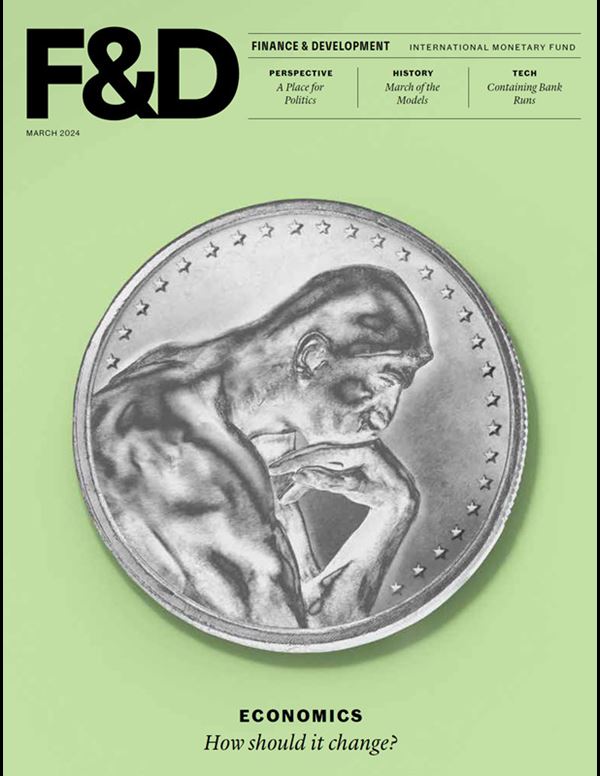
-
March 2024
Finance & Development
-
ECONOMICS
How should it change?

-
September 2023
Annual Report
- COMMITTED TO COLLABORATION

-
Regional Economic Outlooks
- Latest Issues





